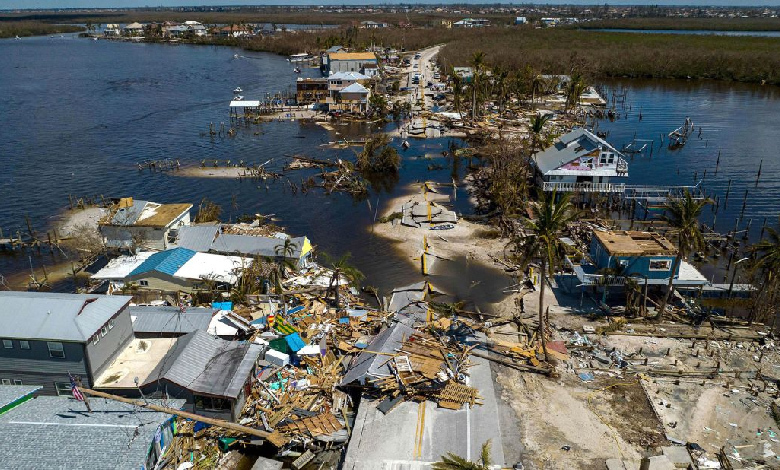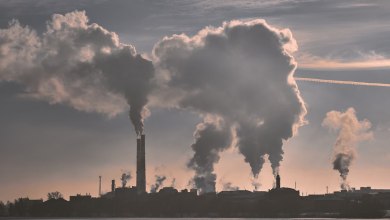Let’s explore reasons behind increasing construction in flood-prone areas

New research suggests as the planet rapidly urbanises, the amount of building in areas susceptible to flooding is shooting up, sparking serious concerns about people’s vulnerability to disasters as the raging climate crisis escalates.
Between 1985 and 2015, the number of settlements – from small villages to mega-cities – facing the highest flood hazard exposure increased by 122%, according to the study published in the journal Nature in October last year.
Economist Paolo Avner, a lead author of the study, said: “In a time when human settlements should be adapting to climate change, many countries are actually rapidly increasing their exposure to floods,” reported CNN.
Urbanisation happening more rapidly in high-hazard flood zones than in low risk areas
Avner called it a “concerning trend”, particularly because the climate crisis is intensifying flood disasters across the globe. The crisis is making billions of lives difficult. In fact, the EU’s Copernicus Climate Change Service has already confirmed 2023 as the hottest year ever.
Researchers analysed global flood hazard datasets and annual settlement footprint data between 1985 and 2015 to find that over this period, global settlements grew by 85% and urbanisation happened more rapidly in high-hazard flood zones than in low risk areas.
There are several reasons behind the increasing amount of building in land susceptible to flooding, but scarcity is a major driver. Land that is safer has largely been built on already, implying new development is disproportionately happening in vulnerable areas.
Poor urban planning, lack of flood data, insufficient regulation
Sometimes the economic opportunities are assumed to surpass the risk of disaster, such as for major port cities, beachfront communities or tourist areas. Other reasons include poor urban planning, a lack of flood data and insufficient regulation.
For instance, southwest Florida – at risk from increasingly severe hurricanes – has seen populations explode due to its relative cheapness and the sunny side. That growth came as the state loosened regulations around building in high-risk and low-lying areas.
Read More: US’s John Kerry and China’s Xie Zhenhua retire, ending an era in global climate politics
The report recommended several actions for planners and policymakers, including early warning systems, investment in disaster preparedness and evacuation plans for flood-prone areas. Nonetheless, the findings are certainly new but not surprising.



